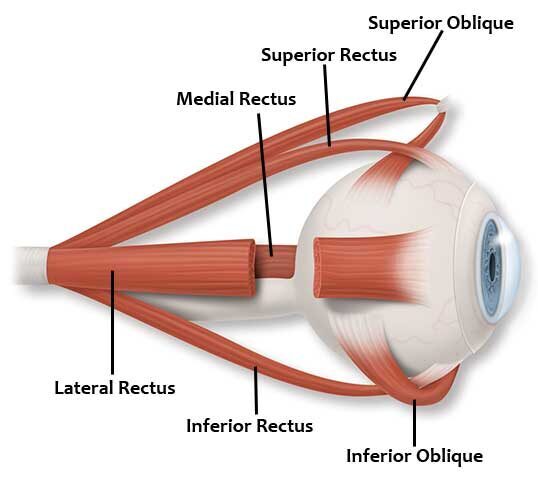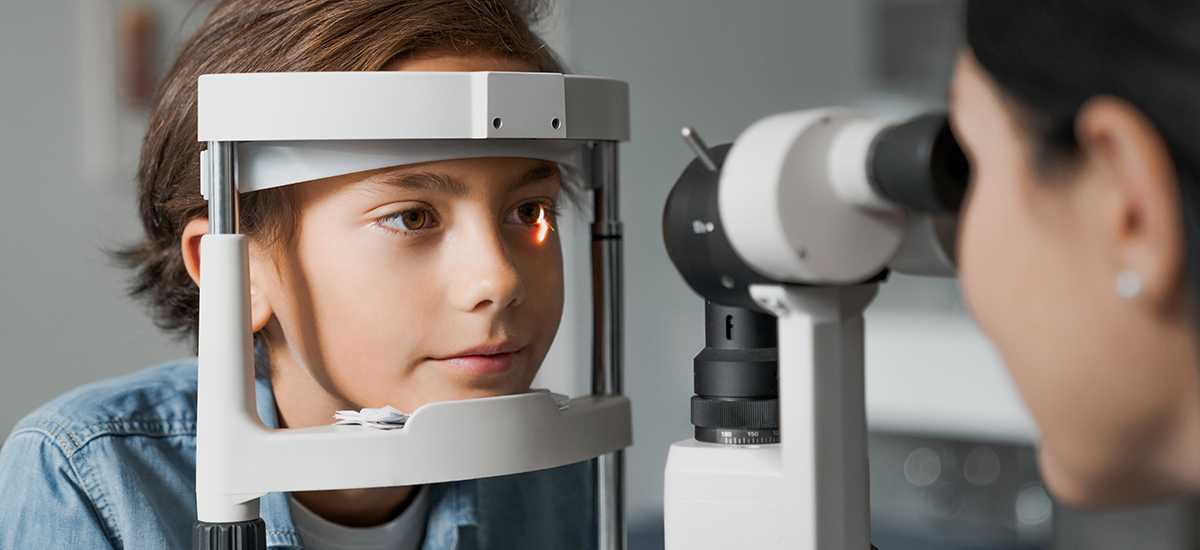Squint & Pediatric Ophthalmology

WHAT IS A SQUINT?
A squint, or strabismus, is a condition in which the eyes do not align properly. One eye turns inwards, upwards, downwards, or outwards, while the other one focuses at one spot. Squint is very common among young & school going children and is associated with weak eyesight. Squints that develop in adults are usually due to secondary causes like trauma, lesions in the brain, staring computer screen for long hours, etc. Typically, children with squint learn to suppress the image from the deviating eye, If the child is not treated at the appropriate time, a condition called Amblyopia (lazy eyes) occurs, which eventually leads to permanent loss of vision.
WHAT ARE THE CAUSES OF STRABISMUS?
There is no definitive cause but could be a genetic disorder causing 4 different types of Strabismus. Leading to imbalance of extraocular muscles, neurological disorder causing disoriented focus, reduced vision in an eye from early childhood due to lazy-eye syndrome or misalignment leading Cross-eye or Squint due to poor health condition or by birth, causing decreased vision, poor eyesight – amblyopia, loss of depth perception & Double Vision-Diplopia
WHAT IS THE BEST TREATMENT FOR STRABISMUS??
Refractive errors are rectified by the use of prescription lenses. Eye exercises or Occlusion Therapy is recommended as a part of the treatment, but surgery brings the best outcome, if done at an early age. Adults can be treated too but at times may require more than one surgery and may not have full clarity in vision.


